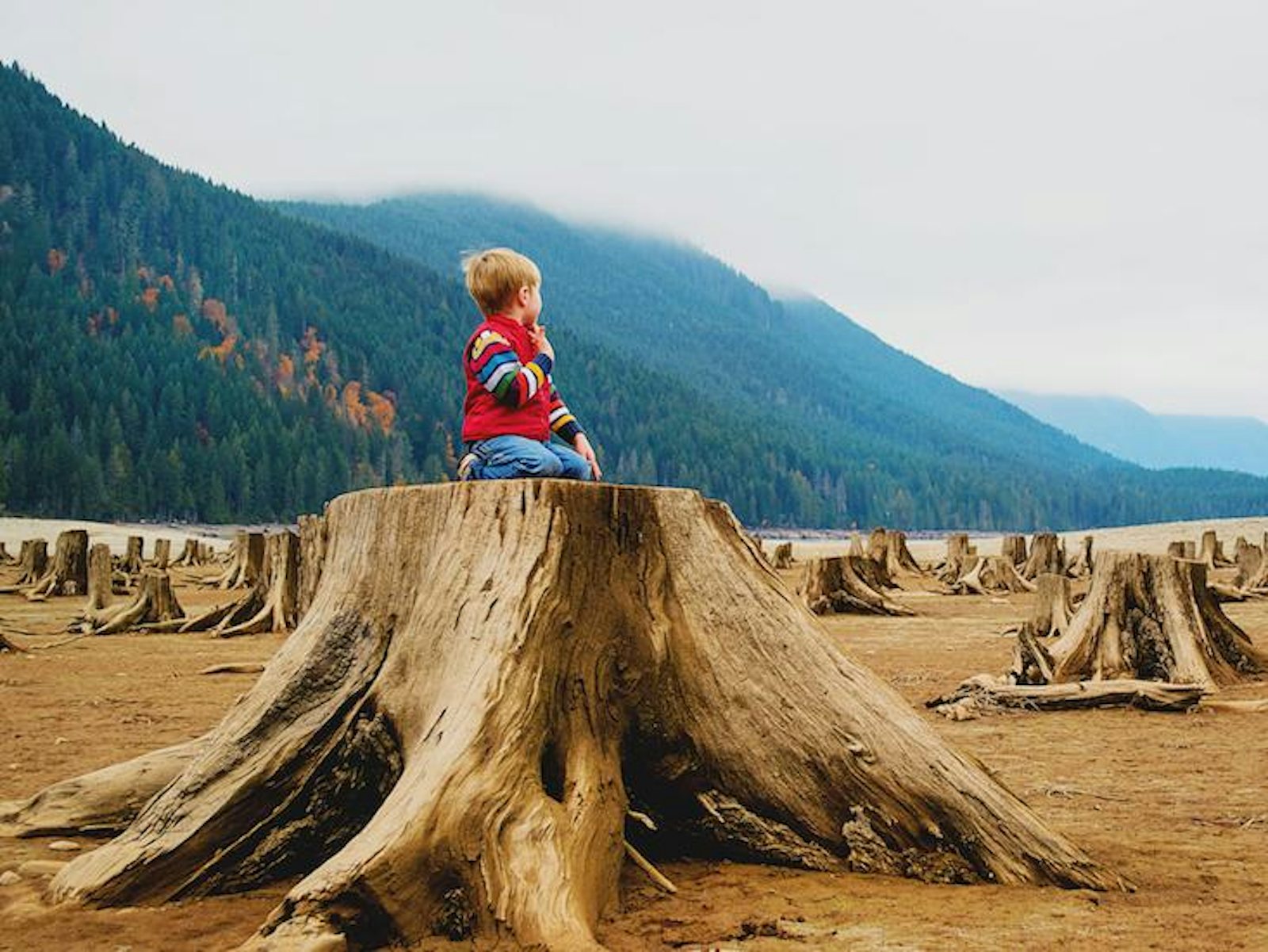Gregor Hintler had what seemed like a simple question: How many trees are there? As part of Plant for the Planet, a youth initiative that aimed to plant one billion trees in every country by 2020, he needed a way to figure out how many trees the planet could fit. But when he tried to find out, he realized nobody knew the answer. One estimate suggested 400 billion trees. “That sounds like a lot,” he recalls thinking. “Could be right.” But Hintler, who was then a graduate student in environmental management at Yale University, started looking at data from plots in Germany, Norway, and the United States, where foresters had counted the number of trees. He discovered that the old figures weren’t even close—400 billion was, in fact, far too low.
Forests cover about one third of the planet’s terrestrial area. They prevent desertification and erosion, store carbon, and provide habitat for millions of species. The recent Paris climate agreement highlights their importance, recommending that signing countries take steps to slow deforestation and enlist their forests in carbon credit markets. Knowing how many trees there are now, and how many there used to be, will help researchers assess human impact on the planet and any options going forward.
The challenge, though, is figuring out how to get from what can be individually tallied to the bigger whole. In other words, how does a researcher go from seeing a forest to seeing its trees?
It’s a bit like figuring out how much the hair on your head weighs, says Patrick Gonzalez, a forest ecologist and climate-change scientist with the National Park Service. “To know that shouldn’t theoretically be difficult. It’s there on your head,” he says. “But it’s attached.” Unless you want to shave your head, you have to figure out another way to count how many individual hairs there are.
When a researcher is counting trees, she must start with what can be observed directly. A tree-by-tree census is expensive and time consuming, but it creates an equation of sorts: A census of small areas can be used to fill in the blanks on a much bigger map, and the approach can be used at both local and global levels. In 2006, California’s state legislature passed a law requiring the state to reduce greenhouse gas emissions to 1990 levels by 2020 (becoming one of the first jurisdictions in the world to do so). “The state was depending on forests to soak up emissions from cars and power plants,” Gonzalez says. But no one knew whether its forests were soaking up more carbon than they were emitting.
Gonzalez was part of the team that tallied the carbon stored in California’s forests and rangelands, a process similar to calculating the number of trees. He and his colleagues produced a map of the state from satellite data and categorized the land into more than a thousand different combinations of vegetation classes, height, and canopy cover. They then compared this map to several thousand tree plots scattered across the state, where his team had calculated carbon based on the number of trees per plot. They found that, in forests and rangelands throughout California, the amount of stored carbon is shrinking. Between 2001 and 2010, the total fell by almost 1 percent, much of it due to trees lost in fires. The decrease is a troubling trend, Gonzalez says, and means that the state will have to work harder than it expected to meet its emissions goal.
On the global scale, where Hintler is looking, the outlook is even worse. His simple question—how many trees live on Earth?—eventually grew into a two-year study that was published recently in Nature. He and other scientists at Yale used a process similar to the one Gonzalez’s team did. To the tallied amount of trees in 429,775 plots, spanning more than 50 countries, Hintler and his colleagues applied predictive models that “link tree density to spatially explicit remote sensing and geographic information systems (GIS) layers of climate, topography, vegetation characteristics and anthropogenic land use.” Their models gave them “the first spatially continuous map of global tree densities at a 1-km2 resolution.” When they defined a tree as “a plant with woody stems larger than 10 cm diameter at breast height,” Hintler’s team calculated that the world holds about 3 trillion trees, roughly 10 times the previous estimate. Then, they compared this number to United Nations estimates of global forests 10,000 years ago, at the dawn of agriculture. They found that the number of trees had fallen by roughly half, from 6 trillion, and that humans cut down over 15 billion trees every year.
“It’s quite insane,” says forest ecologist Thomas Crowther, the study’s lead author. “If it were to continue like this, it would take 300 years and they’d all be gone.”
Tallying the planet’s forests does hit one hopeful note. Now that Plant for the Planet knows how many trees the planet has held in the past, it can push forward. Their new goal: 1 trillion trees planted by 2020. “People said, ‘Well, that sounds like a lot of trees. Does that come into competition with other land use?’” Hintler says. Following the study, he told me, “We can now say there’s plenty of space.”
Zach St. George is a freelance reporter based in California, writing about science and the environment. Follow him on Twitter @ZachStGeorge.






























